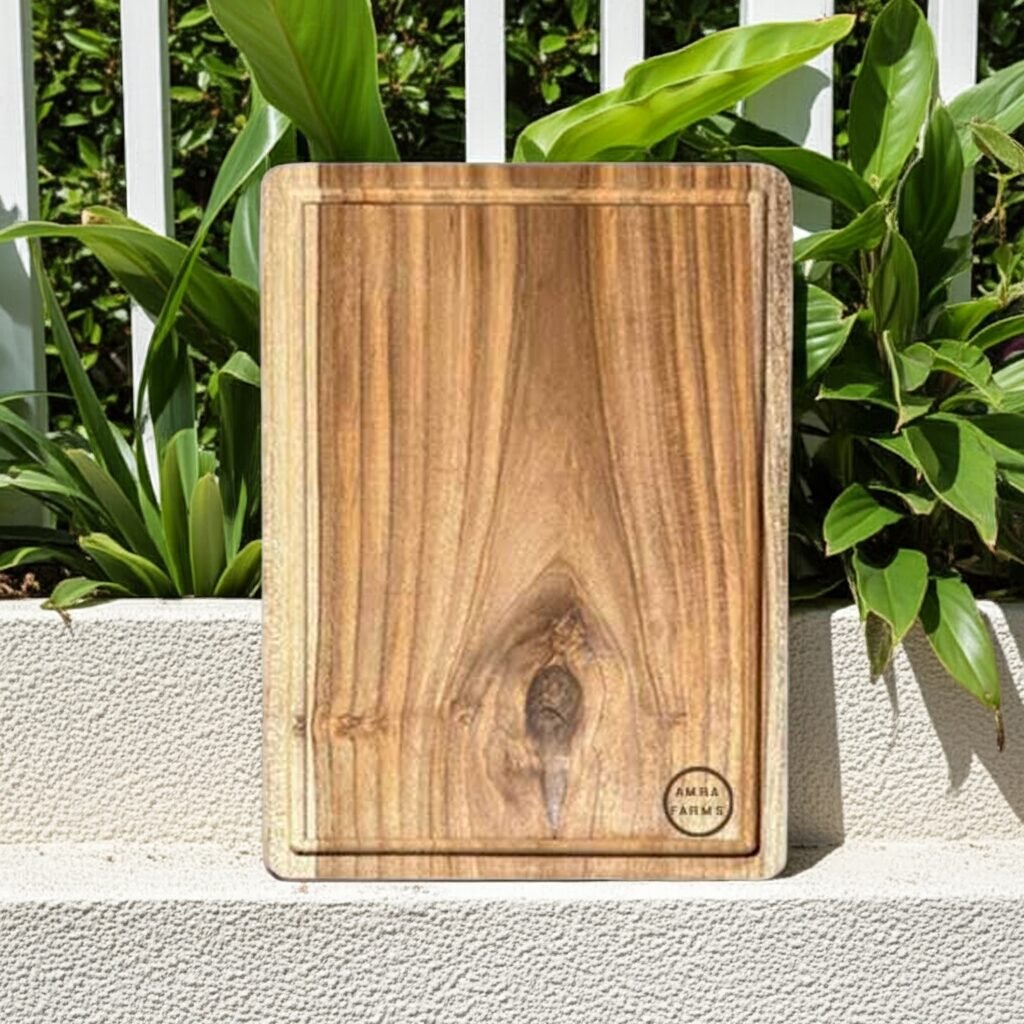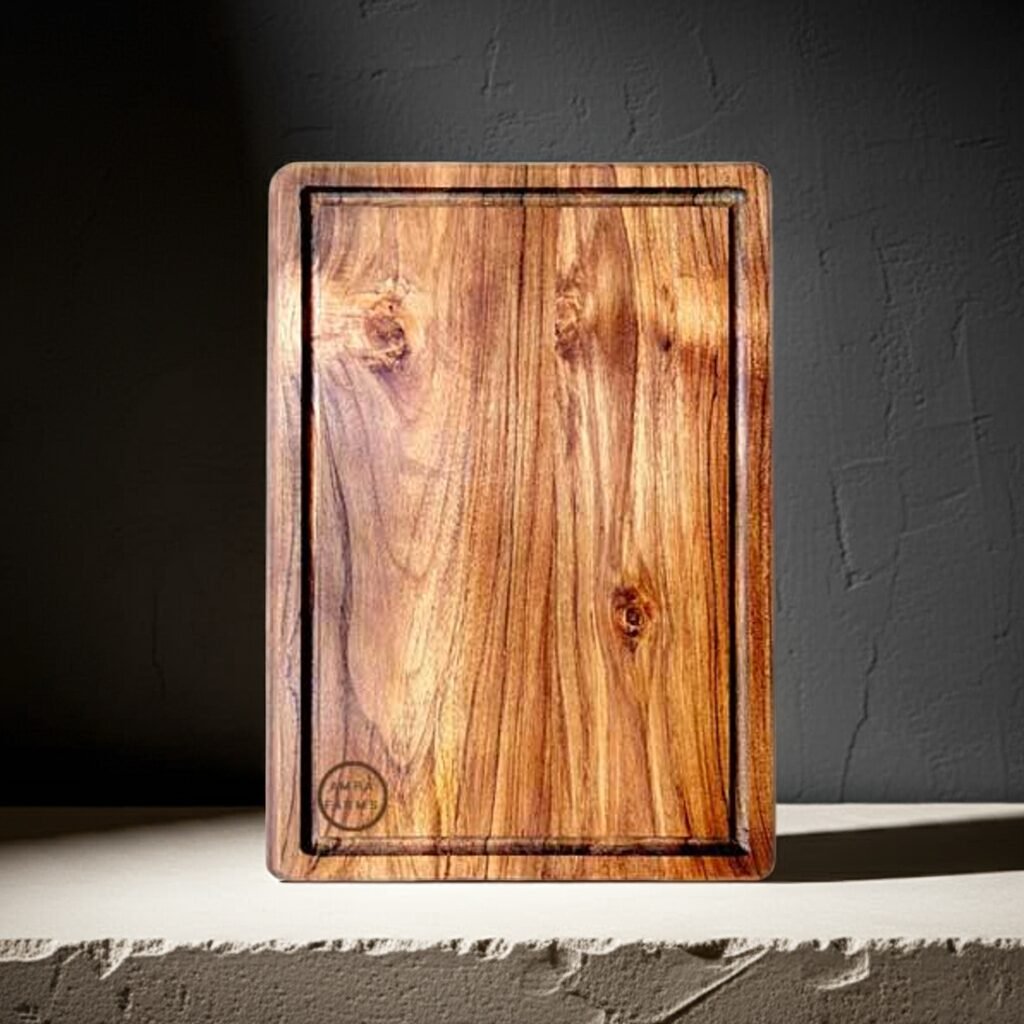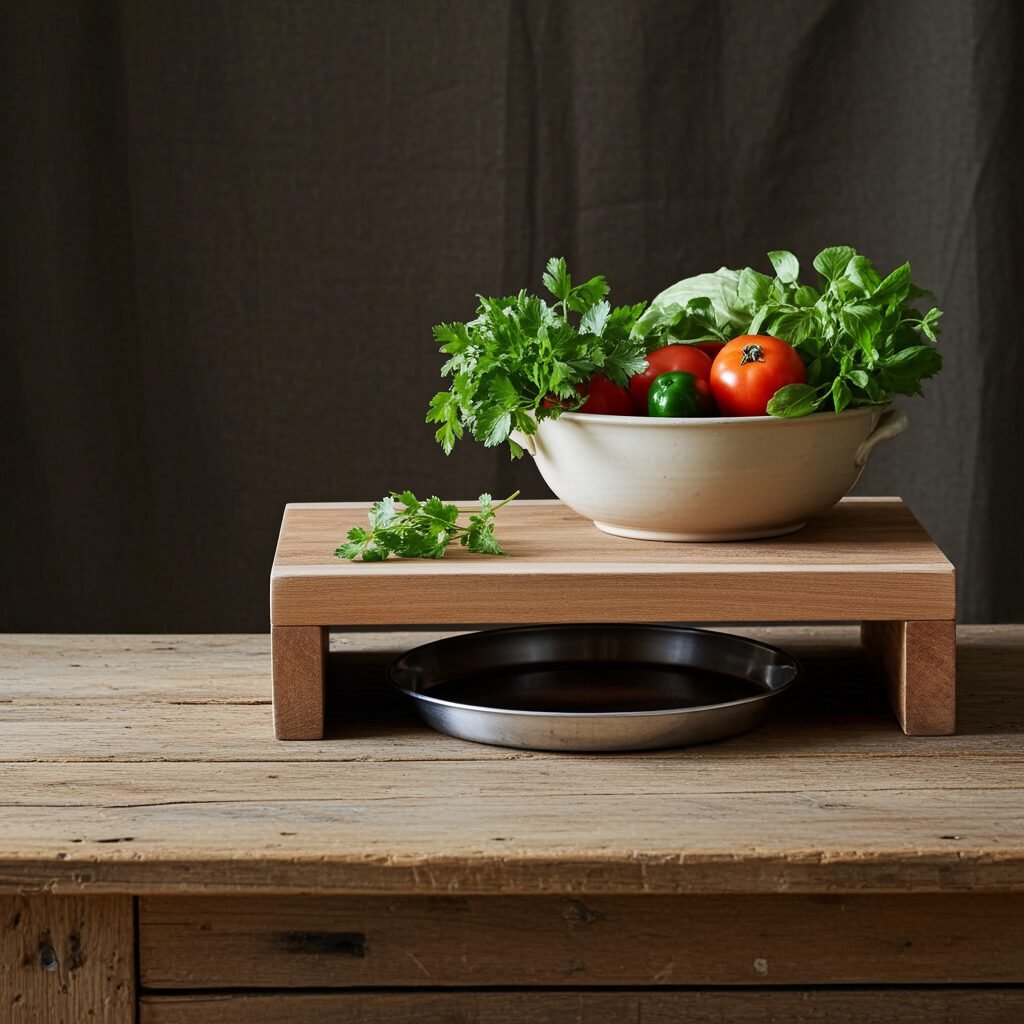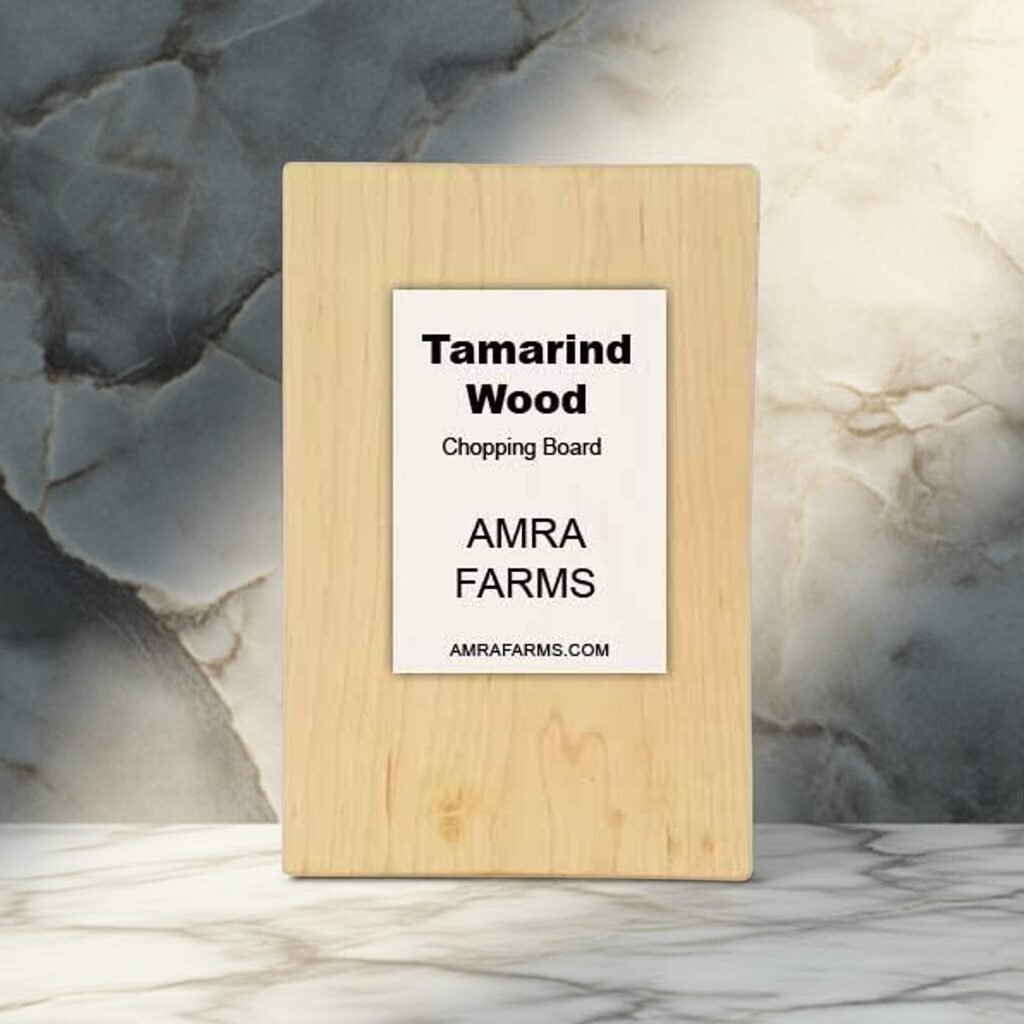Your cart is currently empty!
Traditional, Timeless Kitchen Tools and Accessories – Things My Grandma Used
Over the years a lot of things have changed in our kitchen. A kitchen 50 years ago did not have half of the accessories you have today. No refrigerators, no mixer grinders, measuring cups were a steel glass and there was no plastic at all anywhere in the kitchen. That is probably why most of our grandparents were healthier than us. Of course, they had a better lifestyle compared to ours today where we sit 8-10 hours in front of a PC, don’t move unless required and hardly exercise. Their food was more whole and natural too. That’s a topic to discuss another day.
Some of the most interesting kitchen tools that have disappeared in our kitchens today have a lot to do with modern innovation and making life easier. Let’s see some of the tools which have disappeared and some that have survived.






Sil Batta:
The sil batta (in Hindi) or Ammi Kal in South India is a flat stone and a cylindrical stone roller used to make wet paste, chutney, masalas and grind ginger, chillies and spices. The sil batta is a simple tool, heavy and used every single day in an Indian household all over India. No home was without a sil batta. Usually made of granite, it had a rough surface to ensure the food that was ground did not slip. It was definitely hard to use and required practice. It was also heavy and hard to clean. Today, we have the mixer grinder which has replaced the sil batta. Grandmas will tell you that the taste of food ground using the sil batta has a distinct taste, different from that of the ones crushed using a mixer grinder.
Status: EXTINCT
Khal Dasta (Mortar and Pestle):
Ingenious and functional, the mortar and pestle, often referred to as khal-dasta in Hindi/Urdu, is a tool which came from the Middle East. Widely used even till date, the tool is simple and functional. Made from heavy stone like granite, marble or from wood like acacia and teak, the khal dasta is an important tool in almost all kitchens today. The mortar and pestle was a key tool for crushing ginger, making garlic paste or chilli-garlic paste. This tool was often used for smaller grinding and mashing where a sil batta was not required.
Handi – The Earthen Pot:
The earthen pot was an integral part of Indian cooking. In the southern part of India, acidic foods like rasam and fish curry were specifically made only in a handi or a clay pot. Metal vessels react with acidic food, changing the taste of the food itself. Earthen pots enhance the taste of acidic food, giving it a good tangy flavour, especially foods that are infused with tamarind. They are also one of the best pots for slow cooking. They distribute heat evenly and retain heat longer, a key feature required for cooking in a traditional wood stove or a chulha.
A Wooden Cutting Board:
A wooden cutting board was an important tool in all Indian kitchens. The wooden boards used in India 50 years ago or more were locally sourced. Kerala and Tamil Nadu used tamarind wood chopping boards while the northern part of India used mango wood cutting boards. Teak was not as common in India and teak wood cutting boards were never used in Indian kitchens. Other wooden cutting boards that were more common were jamun wood cutting boards and amla wood cutting boards. Neem wood cutting boards too were not preferred as it gave the food a very bitter taste. Cutting boards in India used to be designed to be functional. Raised cutting boards were more common in many parts of India. Also, people cooked sitting down and not standing. This required a raised surface for cutting.
Tawa:
Tawa is an integral part of all Indian kitchens. The North Indians make roti, while the South Indians use it to make dosa. Traditionally, tawas were made of stone, specifically soapstone. But over time, the introduction of iron tawas became more prominent. Cast iron tawas are used more in India than steel or other materials. They are known to retain heat and distribute heat evenly. Stone tawas are now very rare and if available, very expensive. Tawas are used to make rotis, parathas, dosas, and a range of flatbreads. They are also used to make omelettes and sometimes stir-fried vegetables.
Kal Chatti:
The kal chatti is a different version of a handi but instead of clay, the kal chatti is made from one single piece of stone carved to size. Kal chatti was a more common utensil in southern Kerala and was used for slow cooking over a chulha. They were fragile and could break if dropped. They were considered a one-time buy in most homes in India and used to last generations. With modern gas stoves, we rarely get to see a kal chatti and it’s available in handicraft stores at a high price.
Masala Dabba:
There is no home without a masala dabba and there is no dish in India which does not require masalas. Not literally. Masala dabbas are one huge box with 6–9 individual blocks to store different spices. The most common spices in a masala dabba are rye, jeera, dalchini, laung, black pepper, and saunf. Masala dabbas are not used to store ground spices like chilli powder, coriander powder or salt. The traditional masala dabba was crafted from wood and used to store immediate cooking spices in a small quantity, usually enough for 3–4 days or up to a week. Masala dabbas are common in most homes even today but they are made of steel.
Kadhai / Wok:
Kadhai is derived from the Sanskrit word kataha and means a cauldron or wok. The actual origin of the utensil though is not known if it’s originally Indian. Used for deep frying in all Indian kitchens, kadhai is also used to cook many dishes which require gravy. Kadhais are available in steel, aluminium and even earthenware, but the most common and most used are the ones crafted from cast iron. They are heavy, durable and distribute heat evenly. They are also known to retain heat for longer and are preferred for deep frying Indian foods like jalebi, bhajiyas and sev.
There are more than a hundred odd kitchen tools which have disappeared and been replaced with modern accessories. Most of the latest kitchen tools make life easier and are more accommodating to modern kitchen designs. That does not mean that the traditional kitchen tools were any less useful. Even today, my mom uses a sil batta when there is no power and she has to make chutney. These are timeless tools which should be a substitute for the latest technology, just in case you find yourself stuck with a broken modern kitchen accessory.
Categories
Products
- Buy Wooden Vegetable Cutting Boards Online
- Wooden Kitchen Accessories Tools
- Buy Butcher Block & Meat Cutting Boards Online
- Buy Premium Edge Grain Single Block Wooden Chopping Boards Online
- Buy The Best Teak Wood Chopping Boards Online In India
- Buy Wooden Cutting Boards With Handle For Kitchen
- Mango Wood Chopping Boards
- Single Block Chopping Boards
- Tamarind Wood Chopping Boards
- Wooden Platter Boards , Pizza Platters & Charcuterie Boards
Tamarind Wood Cutting Board Teak Wood Cutting board
